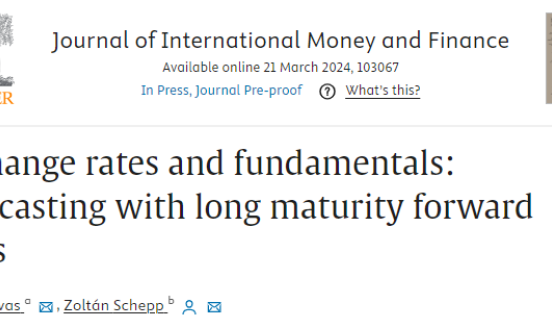Real effective exchange rates for 178 countries: a new database

First published: 15 March 2012
Latest update: 25 March 2024
This database includes real and nominal effective exchange rates from the papers:
- Darvas, Zsolt (2021) ‘Timely measurement of real effective exchange rates‘, Working Paper 2021/15, Bruegel, 23 December 2021
The earlier methodological description of the dataset was published in:
- Darvas, Zsolt (2012) 'Real effective exchange rates for 178 countries: a new database', Working Paper 2012/06, Bruegel, 15 March 2012
The real effective exchange rate (REER), which measures the development of the real value of a country’s currency against the basket of the trading partners of the country, is a frequently used variable in both theoretical and applied economic research and policy analysis. It is used for a wide variety of purposes, such as assessing the equilibrium value of a currency, the change in price or cost competitiveness, the drivers of trade flows, or incentives for reallocation production between the tradable and the non-tradable sectors.
Due to the importance of the REER in economic research and policy analysis, several institutions, such as the World Bank, the Eurostat, the BIS, the OECD, just to name a few, publish various REER indicators which are freely downloadable. Altogether, these institutions publish data for 113 countries. The countries for which data is available include all advanced and several emerging and developing countries. However, these databases do not include many countries and some data is released with a delay.
Our database includes the following data:
Annual consumer price index (CPI) based REERs for 178 countries plus the euro area.
It has two versions:
- The broad index considers 172 trading partners and is available from 1995.
- The narrow index considers 67 trading partners and is available from 1960.
Monthly consumer price index (CPI) based REERs for 177 countries plus the euro area.
It also has two versions:
- The broad index considers 120 trading partners and is available from 1993.
- The narrow index considers 51 trading partners and is available from 1960.
For each REER time series, our dataset also includes the corresponding nominal effective exchange rate (NEER) series.
The database is regularly updated.
Data Policy: This page provides a number of Bruegel datasets for public use. Users can freely use our data in its unchanged form or after any transformation for any purpose and can freely distribute it, provided that proper attribution is made to the source, but not in any way that suggests that Bruegel endorses the user or their use of the data.





